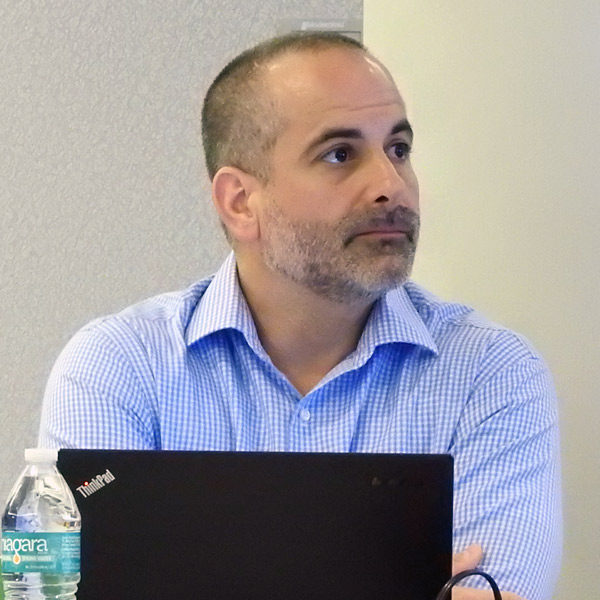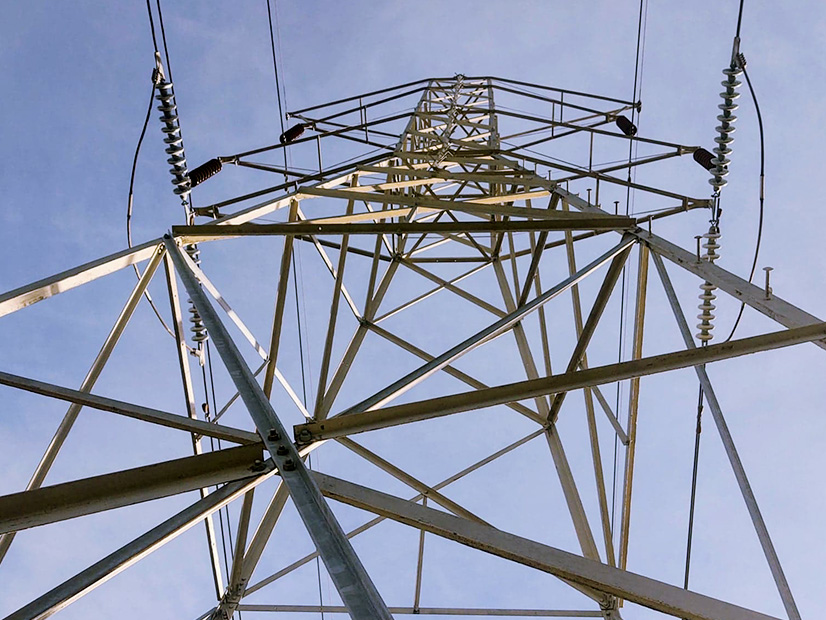FERC last week approved a PJM proposal to allow it to reduce the transmission constraint penalty factor (TCPF) under a set of circumstances that the RTO argued becomes punitive to load without providing any benefit (ER23-918).
The tariff and Operating Agreement revisions allow the factor to be reduced when localized transmission congestion is caused by the construction of upgrades — and the necessary deactivation of certain lines — that were either part of PJM’s Regional Transmission Expansion Plan (RTEP) process or to interconnect a generator. The TCPF would be reduced from its default of $2,000/MWh to a level that reflects the offers from resources available to address the congestion.
Given that the TCPF’s purpose is to incentivize generation or transmission solutions to congestion, PJM argued that when congestion is caused by upgrades that will resolve the issue upon their completion, it is unrealistic to expect a short-term investment to address the situation, and the penalty factors can become counterproductive. PJM stated that the average line outage caused by upgrades lasts an average of 211 days.
 Philip D’Antonio, PJM | © RTO Insider LLC
Philip D’Antonio, PJM | © RTO Insider LLC“Where a transmission facility is taken out of service altogether due to an RTEP or interconnection upgrade, however, long-term price signals reflecting the default ($2,000/MWh) transmission constraint penalty factor cap do not serve the intended purpose given that the transmission upgrade currently under construction will mitigate these issues,” PJM Director of Energy Market Operations Philip D’Antonio said in an affidavit.
FERC approved a PJM request to remove the TCPF in Virginia’s Northern Neck peninsula after one of the three transmission lines into the region was placed on an outage for upgrades. The tariff and OA revisions were limited to that region, but the commission encouraged PJM to “consider modifications to its analyses of and planning for transmission outages to prevent such occurrences in the future.” (See FERC Approves Pause of PJM Tx Constraint Penalty Factor in Va.)
The PJM Markets and Reliability Committee approved the revisions during its Nov. 16, 2022, meeting. (See “TCPF Adjustments Permitted for Issues with Ongoing Solution,” PJM MRC Briefs: Nov. 16, 2022.)
DC Energy submitted comments to the proposal asking that the commission condition any approval on requiring that PJM provide market participants notice of any changes to the TCPF, as well as the specific outage, facilities and constraints prompting the reduction.
The Independent Market Monitor objected to the proposal, arguing that it lacks a verifiable process for PJM to follow when implementing the change and that no amount of data can be made available to provide the transparency needed to ensure that the RTO is applying the rules consistently. The IMM asked the commission to reject the filing and require PJM to create new rules that more accurately reflect transmission operating limits and forward-looking dispatch tools.
The Monitor also said that PJM and the commission should be eliminating instances in which the RTO has the discretion to set prices, in this case by choosing a marginal unit and modifying the TCPF to set LMPs. In the case of transmission upgrades that might cause congestion, the Monitor argued that transmission operators should create practices that ensure reliability throughout construction.
FERC said that PJM’s tariff already contains language requiring the notifications sought by DC Energy. It also sided with PJM over the Monitor, agreeing with the RTO that the proposal would not grant it considerable discretion and that it would only be allowed to reduce penalty factors in the specific circumstances outlined.


